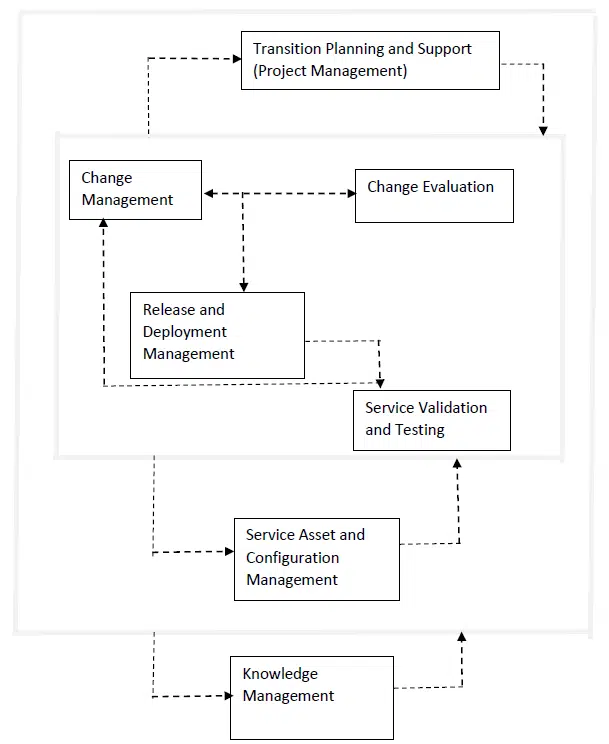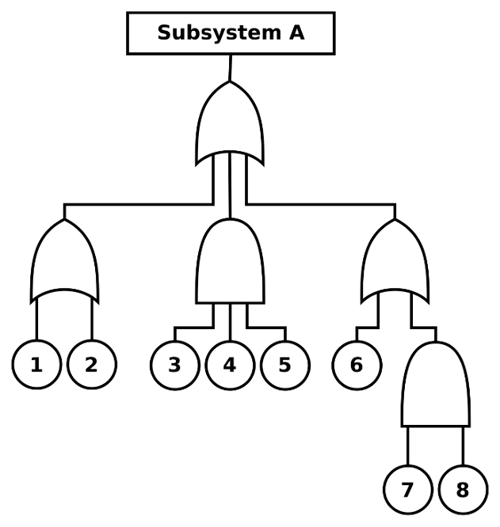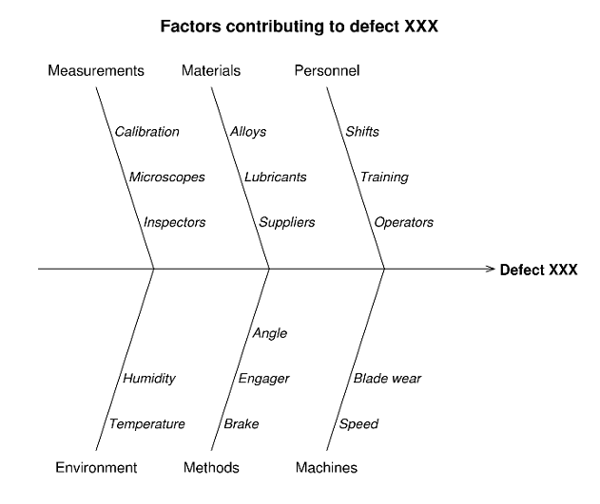
Businesses and other organizations working to close the gap in the wake of COVID-19 are focusing on some important areas, including ITIL 4:
- Programme Management
- Business Management
- Customer/Business Relationship Management
- Learning and Growth
- Internal Business Process Management
For the development of the knowledge, skills, practices, and procedures within these domains, different methods exist. However, We truly believe that ITIL 4 is the best method for incorporating them into an organization.
CEOs and corporate boards are facing the imperative of fortifying their organizations by enhancing profitability and stability. Moreover, there is an increasing emphasis on considering employee experience and retaining valuable talent.
Training and development constitute integral components of this scenario, and ITIL caters to both the organizational and individual requisites: At the ITIL Foundation level, professionals gain insight into the synergy among diverse elements within an organization that generates value and meets stakeholder needs. The knowledge embedded in the advanced ITIL tiers – Managing Professional and Strategic Leaders – subsequently propels individuals’ career growth and enhances their employers’ efficacy.
Additionally, a part of this transformation revolves around the evolving characteristics of technical roles and the corresponding skill set demands.
Want to know more about ITIL? Visit our course now.
The move from technologist to business professional using ITIL 4
Many jobs that were once classified as technical are increasingly being used in fields other than technology.
To attain the desired financial prosperity and stability that companies are pursuing entails securing, expanding, and retaining contracts. Furthermore, a rising proportion of Chief Information Officers (CIOs) originate from the business facets of an organization rather than solely from the technological realm, and their decisions are frequently motivated by business-related factors.
Meeting the requirements of business necessitates the capability to articulate the worth of your solution, fulfill that value, and demonstrate return on investment (ROI). For individuals with technical backgrounds, this transition entails adopting a role that is closer to sales and business relationship management. Essentially, it means evolving from being solely a technician to becoming a trusted advisor.
Without a doubt, this is something new for the majority of IT workers, including those who have used older ITIL versions.
This is precisely why the concepts in ITIL 4 firmly embed technology within the business context. This approach empowers service managers to effectively convey the significance of the framework to business stakeholders both within and beyond the realm of IT.
Pioneering the great integration using
It’s probably a good time to address this issue if the pandemic has caused your organizational procedures to loosen up and training participation to decrease.
Providing training at various ITIL 4 proficiency levels will aid the service management team in grasping the importance of interdepartmental integration, even for departments that have traditionally operated in isolation. It’s important to acknowledge that these isolated departments, or “silos,” still exist. Therefore, it’s crucial to establish the ability to communicate across these silos and maintain a continuous customer-oriented perspective.
Without attending medical school, learning the entire anatomy, and comprehending how each component of the body functions as a whole, doctors cannot become heart surgeons. Similar to this, how can professionals in organizations function to their best potential without being aware of how many departments and disciplines interact?
To be truly effective, one must grasp the interconnectedness across disciplines and departments. Avoiding the pitfalls of organizational silos and narrow thinking requires adopting the principles of ITIL 4. This framework enables professionals to not only demonstrate their value but also effectively communicate it. This benefits both essential audiences – customers and employees alike.
Here at CourseMonster, we know how hard it may be to find the right time and funds for training. We provide effective training programs that enable you to select the training option that best meets the demands of your company.
For more information, please get in touch with one of our course advisers today or contact us at training@coursemonster.com














